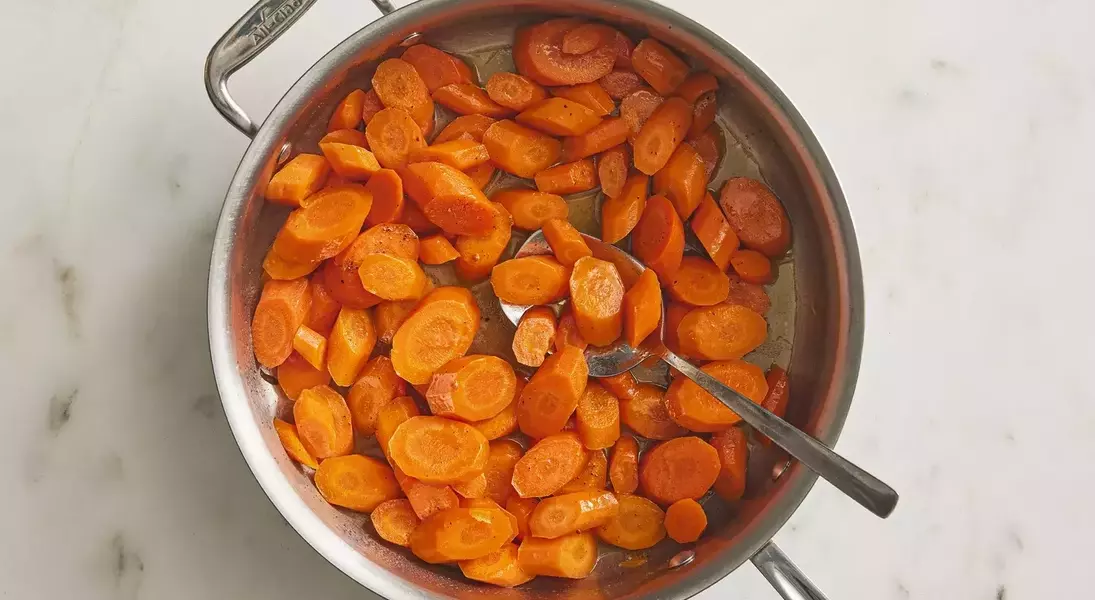
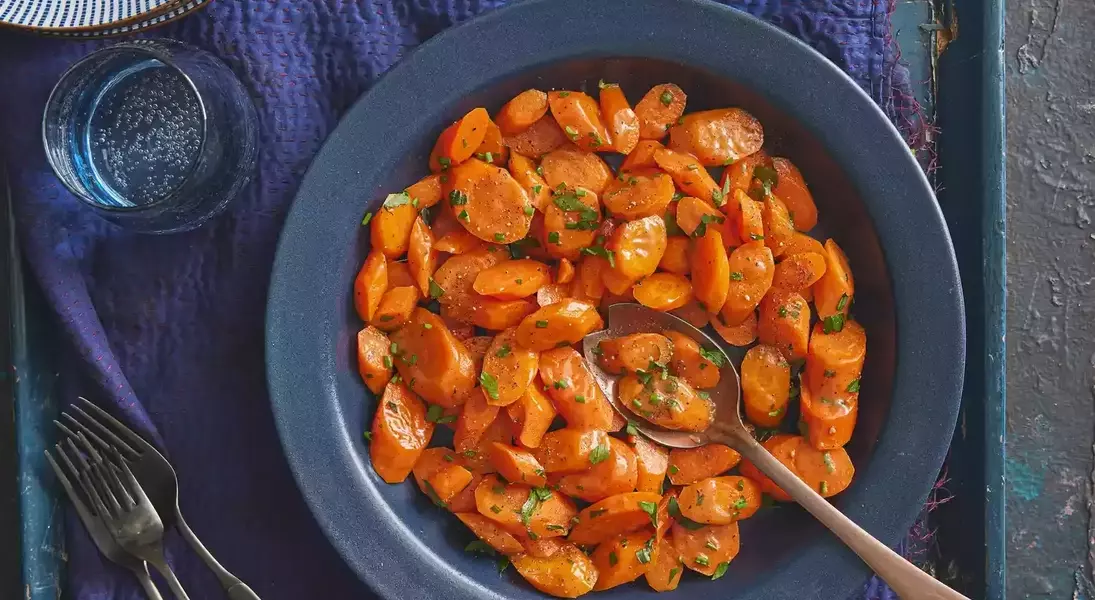
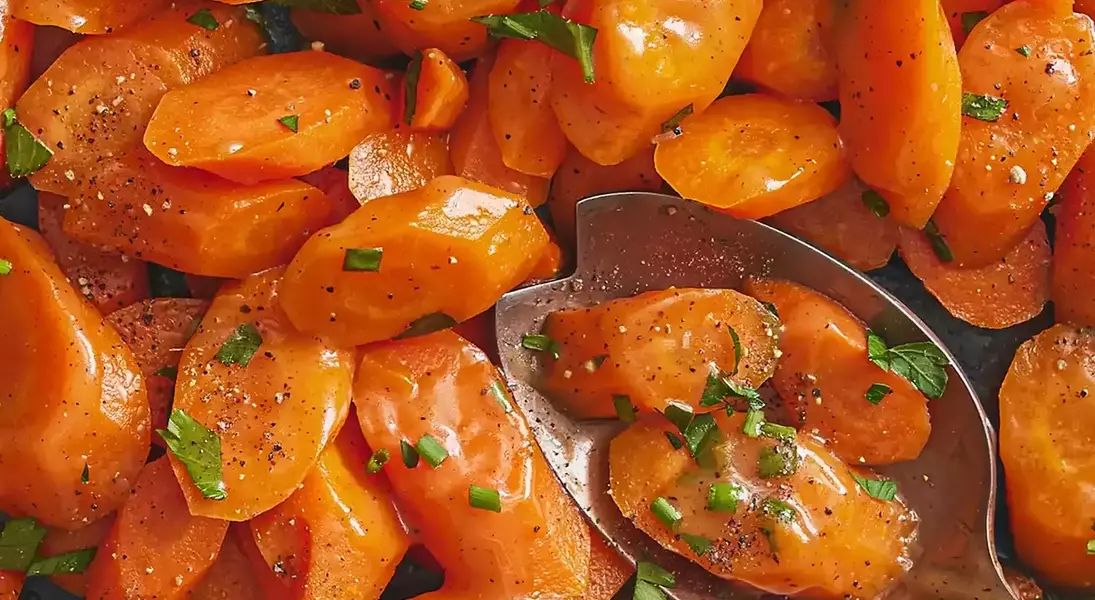
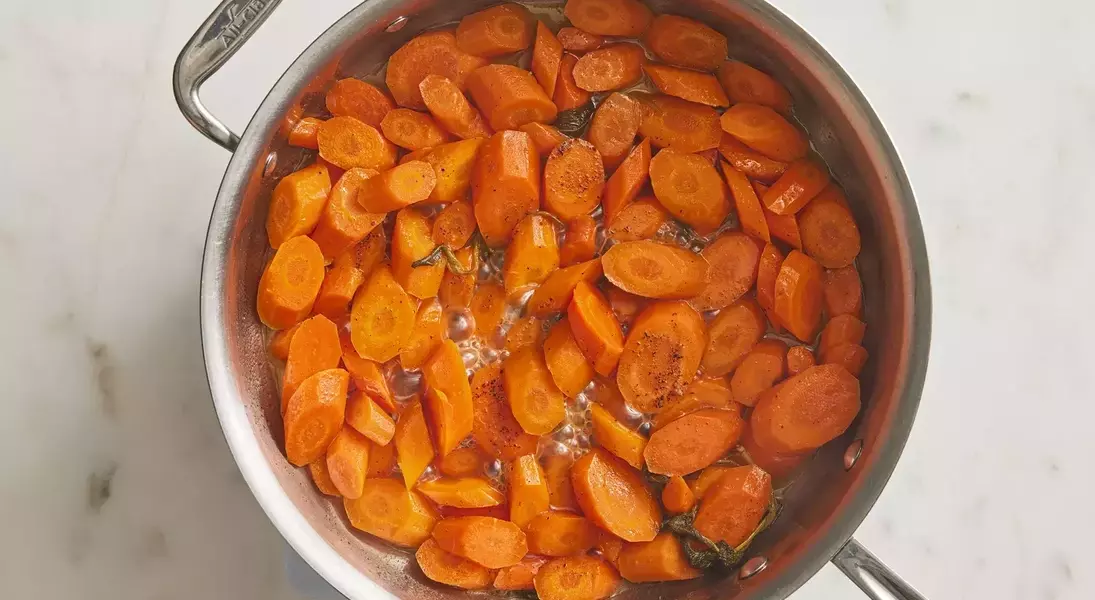
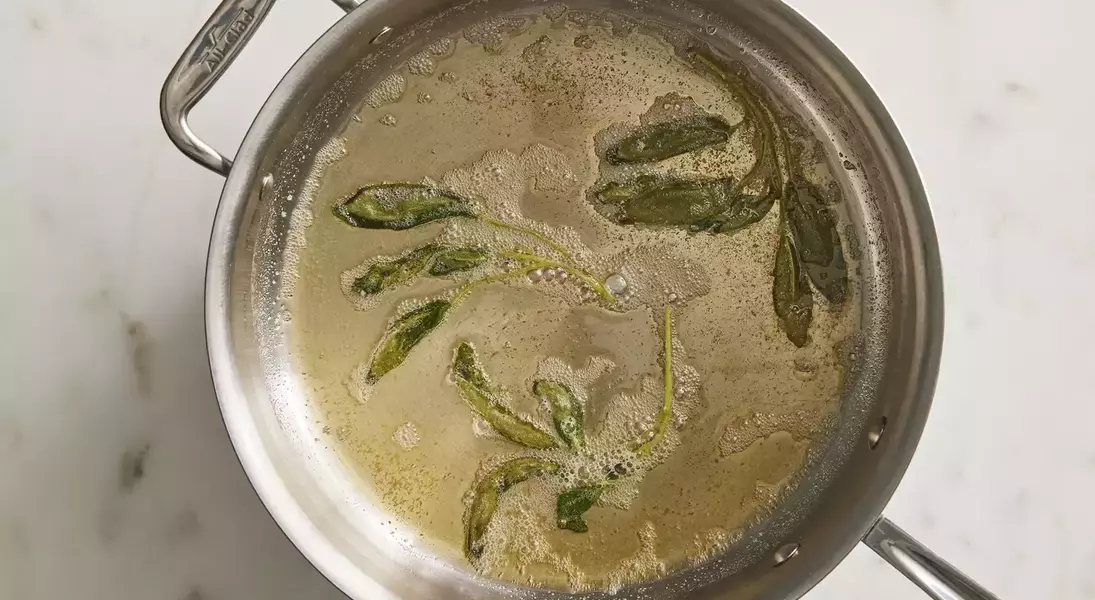
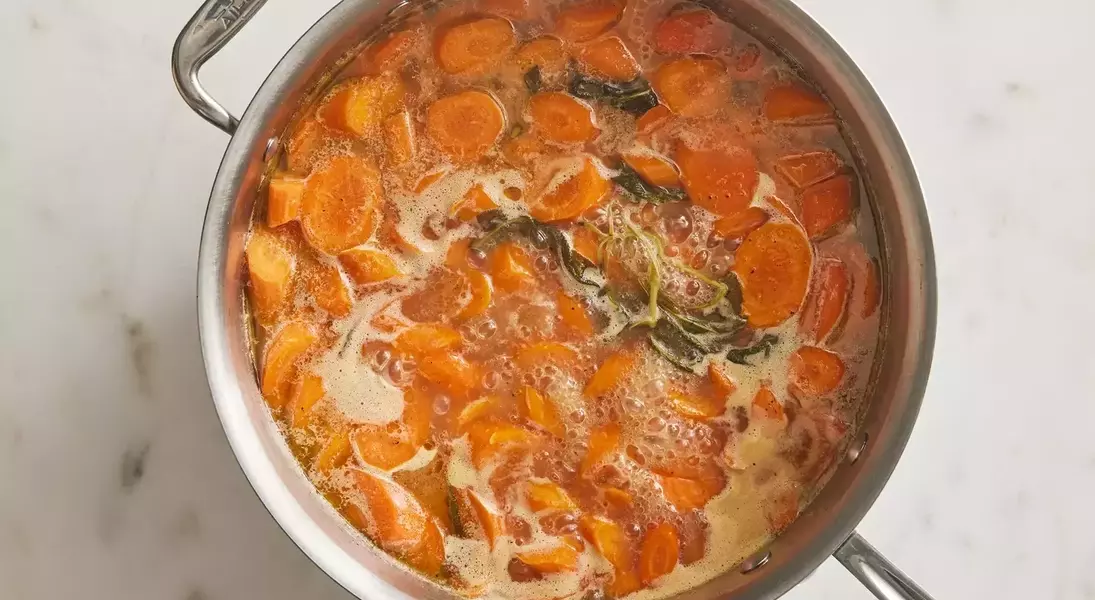



Glazed carrots often receive an undeserved reputation for being bland or improperly prepared, frequently sidelined at festive meals. However, these humble vegetables possess immense potential. With the right technique, they can be easily transformed into a dazzling side dish. The key lies in achieving perfect tenderness, infusing them with aromatic flavors, and coating them in a rich, buttery, emulsified glaze. This guide will elevate glazed carrots to a dish worthy of a central place on any dining table, blending ease of preparation with sophisticated results.
The culinary journey to perfecting glazed carrots involves several crucial steps that ensure both exquisite flavor and ideal texture. It begins with meticulous preparation, such as uniform slicing to promote even cooking, and the strategic browning of butter with sage to lay down a foundational layer of rich, nutty flavor. Subsequent steps focus on balancing sweet and savory notes with apple cider and stock, and mastering the art of emulsification to create a smooth, glossy coating. This comprehensive approach guarantees that the carrots are not only tender and flavorful but also visually appealing, making them a versatile addition to both elaborate holiday spreads and simple weeknight dinners.
Crafting Exceptional Flavor in Glazed Carrots
While a basic recipe for glazed carrots might suffice, relying simply on butter and minimal seasoning, this method aims for a more profound and autumnal flavor profile. By incorporating elements like brown butter and fresh sage, the dish gains a complexity that makes it suitable for special occasions like Thanksgiving or a dinner party. The initial step of browning butter in a skillet imparts a nutty, rich foundation, essential for developing a deeper taste. This simple technique, often overlooked, significantly enhances the overall aromatic quality of the dish, setting the stage for subsequent flavors.
To build upon the rich brown butter base, a carefully selected array of ingredients is introduced. Fresh sage, added to the browning butter, infuses it with its distinct woody aroma, creating a harmonious blend with the nutty butter. The liquid component, a mix of chicken or vegetable stock and apple cider, strikes a perfect balance between savory and sweet notes, preventing the glaze from becoming overly sugary. Instead of conventional white or brown sugar, honey is preferred for its nuanced floral undertones, which complement the earthy sage beautifully. A final touch of vinegar, such as apple cider vinegar, brightens the flavors and provides a crucial acidic counterpoint to the glaze's sweetness, ensuring a well-rounded and sophisticated taste experience.
Achieving Uniform Tenderness in Carrots
Carrots, due to their natural tapered shape, can be challenging to cook evenly. If prepared without careful consideration, the thinner ends might become overly soft while the thicker sections remain firm. Traditional culinary cuts like French tournée or oblique slices can help, but they demand advanced knife skills and often result in food wastage. A simpler, yet equally effective, approach is to uniformly slice the carrots crosswise into half-inch thick oval discs. This method ensures consistent cooking times for all pieces, resulting in a perfectly tender texture throughout without the need for intricate cutting techniques, while still offering an appealing presentation.
Another critical factor for even cooking is the manner in which the carrots are arranged and cooked. It is essential to ensure that the carrots are spread in a relatively shallow layer within the pan, rather than being piled high. This allows them to cook uniformly and fully absorb the cooking liquid. Utilizing a 12-inch skillet is ideal for this purpose, as it provides sufficient surface area to accommodate the carrots without overcrowding. If a narrower, deeper pot were used, the carrots at the bottom would cook more rapidly, leading to an inconsistent texture, with some pieces potentially becoming mushy while others remain undercooked. Therefore, selecting the appropriate cookware and maintaining a single layer of carrots are key to achieving a consistently tender result.
